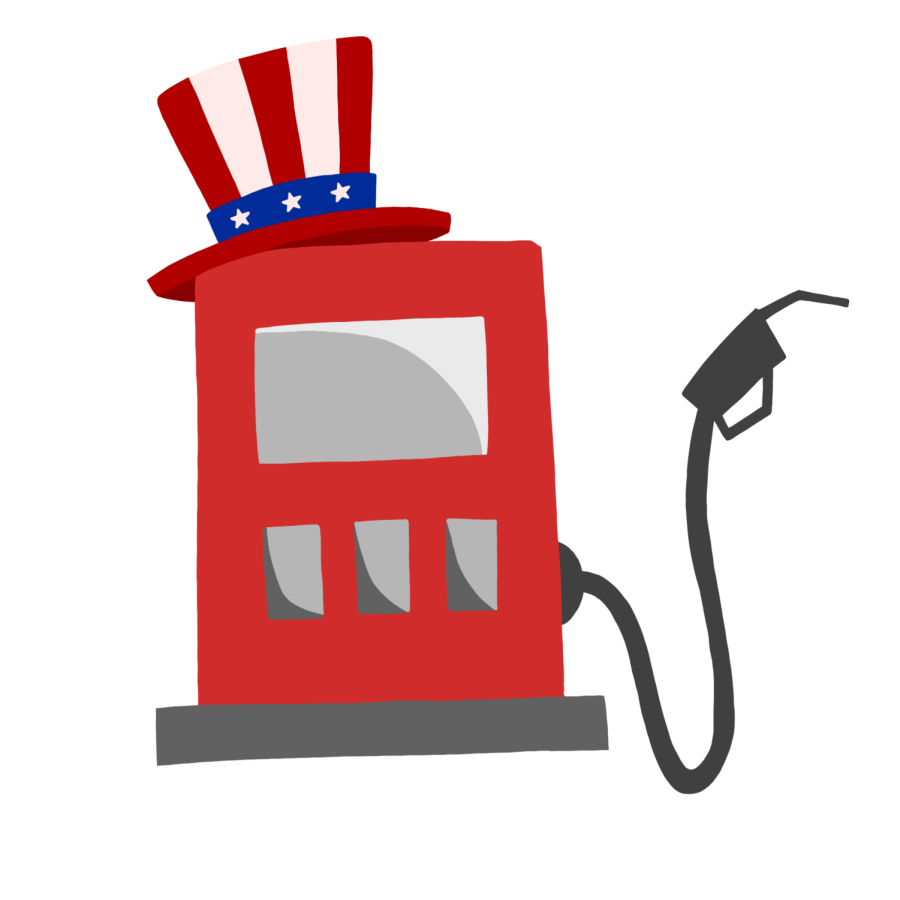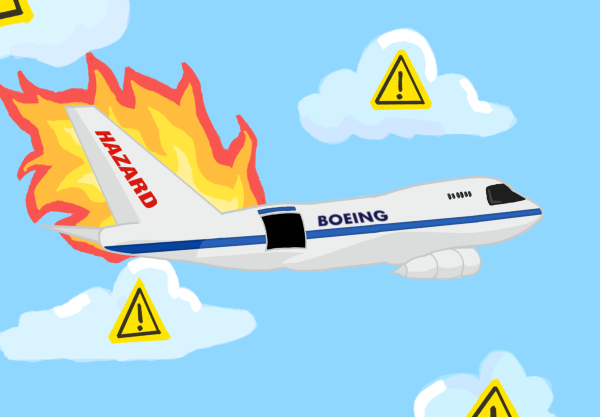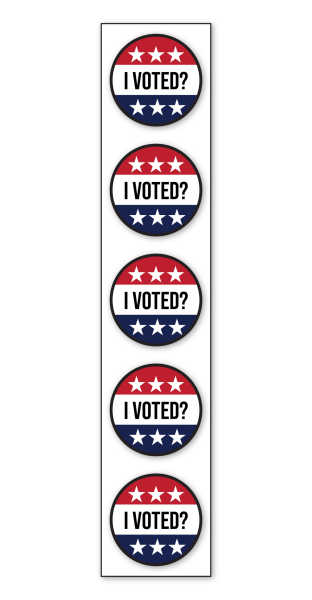Did Joe do that?
March 29, 2022
We have all seen the stickers at the pumps: a tiny Joe Biden with his finger pointed, claiming sole responsibility for your hundred-dollar gas fill-up. For most people, it is just a jab at a president they are unhappy with, but there are undoubtedly some who see this and take it to heart. The president is, for most, a stand-in for the United States government as a whole and bears responsibility for every problem facing America. While he does have significant power to affect the day-to-day life of Americans, there is often so much more at play than what Old-Joe can affect on his own.
Fuel prices are no different. They are the result of a complex web of phenomena spanning the economic, the social and the geopolitical. The President of the United States has a lot of power in that system, yes, but so does the war in Ukraine, the world consumption of Russian fuel, consumption of fossil fuels in general and most importantly, the shareholders of major gas companies.
So did Joe Biden really do that? In short: kind of. But also, not really. Of course, like most issues, there is often way more to consider than what the stickers of the uninformed might have to say. Biden does have control over things like our oil reserves and when to use them; he can control the amount of permits we give to domestic drillers. Internationally, though, the president has less power. He can put limitations on which countries get foreign aid and apply sanctions. He has the most unbridled authority over diplomats and the political sphere of international relations. All of these powers combined do have the potential to give Biden significant control over fuel prices domestically; the only reason he has needed to use any of his powers in any significant capacity recently has been in response to Russia’s invasion of Ukraine.
And like the influence of Biden, the influence of the war can really only account for some of the recent spikes in cost. Russia’s invasion has led other major world powers to look for ways to respond to the crisis that do not involve open warfare. In a 2019 study from the International Institute for Sustainable Development, Russia in 2018 had gas reserves accounting for 20% of the world market and oil reserves accounting for 6%. And in 2017, 90% of Russia’s domestic energy consumption came from fossil fuels. It is no surprise then that in 2022, with Russia still a major player in the fossil fuel economy, world governments immediately targeted a central portion of the Russian economy. Many countries have gone even further to directly target the assets of Russian oligarchs, many of which have ties to the energy sector.
The focus on the Russian oligarchy is perhaps the final piece of the high gas price puzzle. At the very least, this is the driving force behind the specific phenomena of fuel prices in America. And it, like the other big factors, tells a portion of the story, albeit a significant one. The reason we target the assets of oligarchs is because they are central to Russia’s governmental authority, with weak-points in their wallets. In turn, they will hopefully put pressure on Putin to end the invasion, if not for the sake of humanity, then for the sake of their profits.
“Profit not president,” should be the focus of our gas-pump vandalism. As a result of all of the above factors, American and international oil companies are being faced with a litany of crises all at once. COVID-19 and rising concern over the impending climate crisis have destroyed profits in recent years, relaxing COVID-19 attitudes. Biden’s domestic policies recently have led to a slight uptick in profits which have now been slashed — all thanks to sanctions. Speaking of sanctions, they have also made much of Europe reevaluate their dependence on not just Russian oil, but fossil fuels in general — attitudes that are rippling across the world, thanks to the aforementioned impending climate crisis. The result: a quickly evolving energy sector and dwindling profits for oil companies. Subsidies would cost the government money, and price caps would cost the oil companies money, so the solution: allow the consumer to foot the bill.












